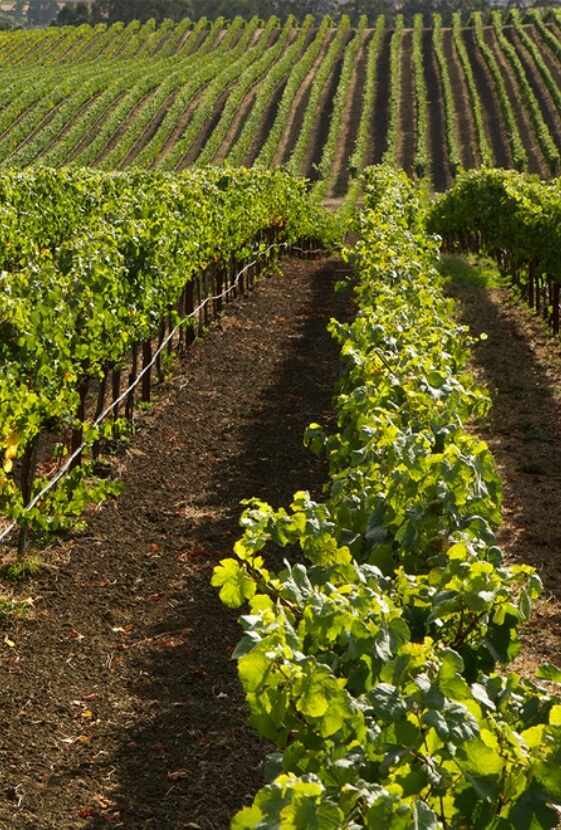
Terroir & Vineyards
The Mâconnais
Centered around the town of Mâcon in the southern section of Burgundy, the Mâconnais region is known for white wines from Chardonnay, which thrives in its limestone subsoil. A warmer climate than that of the Côte d’Or to the north yields ripe grapes and rich wines.
Pouilly-Fuissé
In the south of the Mâconnais region lies Pouilly-Fuissé, a cluster of limestone hills containing alkaline clay. Pouilly-Fuissé tends to be the richest and fullest in body of Mâconnais wines.
Beaujolais
The Beaujolais region, immediately south of the Mâconnais, is known for its sandy clay over granite soils that marry perfectly with the Gamay grape. Most vines are staked individually in gobelet fashion, and Louis Jadot farms its own vines sustainably.
Of the 10 crus of Beaujolais, both Moulin-à-Vent and Morgon are considered distinctive due to their soil. The soil of Moulin-à-Vent is rich in iron and manganese, which seems to give the wines a particular rigidity in youth and an ability to age for decades. Overall Moulin-à-Vent is considered a feminine wine. Morgon centers on the Mont du Py, whose slopes are manganese-rich schist and give the wines a more masculine rigor. In 1996 Maison Louis Jadot acquired Chateau des Jacques, a leading producer of premium, Burgundian-style Beaujolais from these prestigious crus.
Innovative Partnerships with Growers
The supply agreements through which Jadot sources its non-domaine wines are collaborative partnerships between house and grower oriented solely toward quality. Jadot makes its standards clear to its growers, and lends advice when necessary. No binding contracts exist; neither is under obligation to transact with the other, for reasons of quality on Jadot’s part or for reasons of price on the growers’. Yet Maison Louis Jadot’s policy, if costly, of buying grapes at the price of finished wine, provides the grower a financial advantage with less effort, and ensures Jadot a degree of continuity of supply as well as control over the fruit at the very earliest stage of its transformation into wine.





















